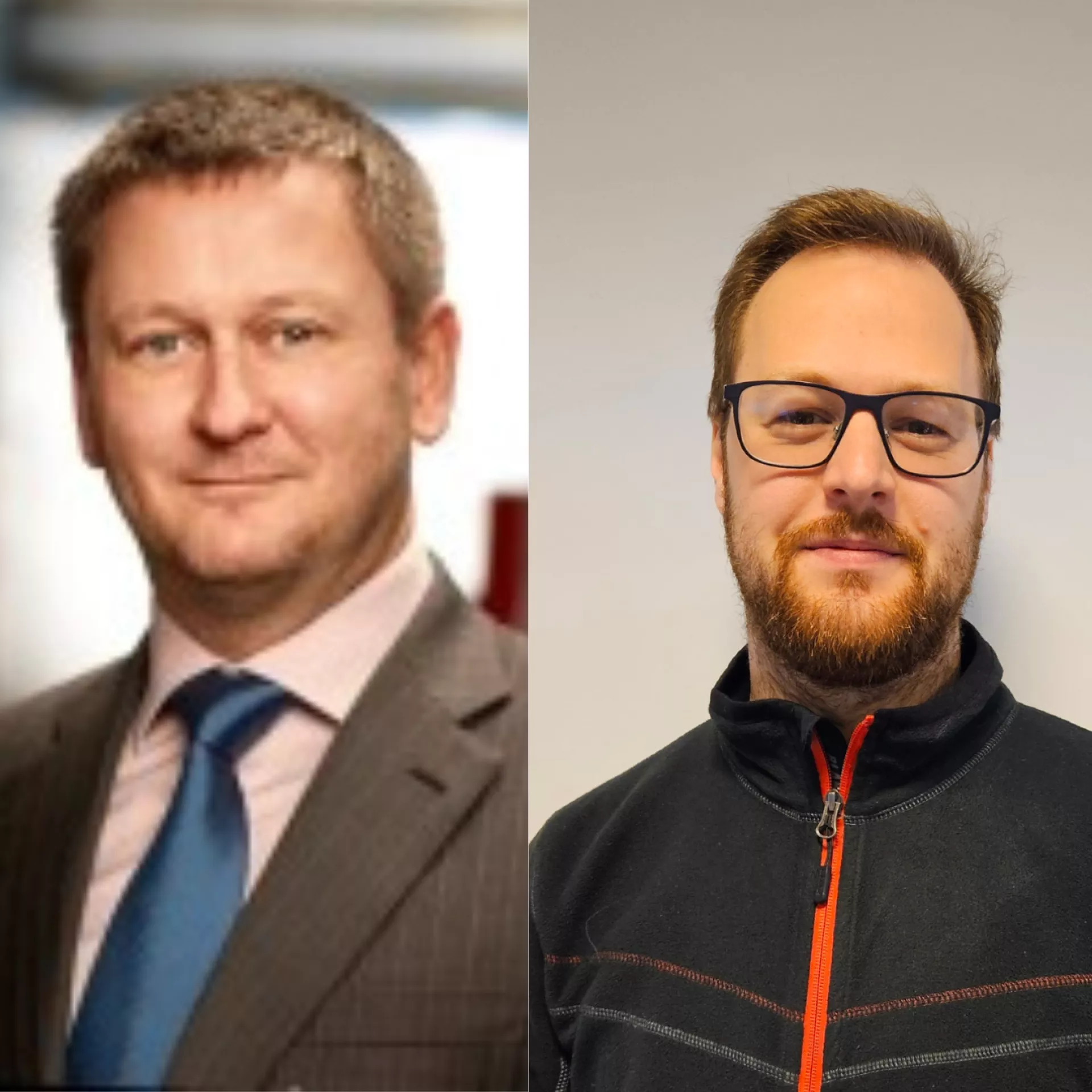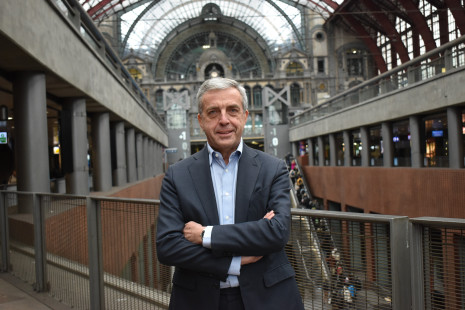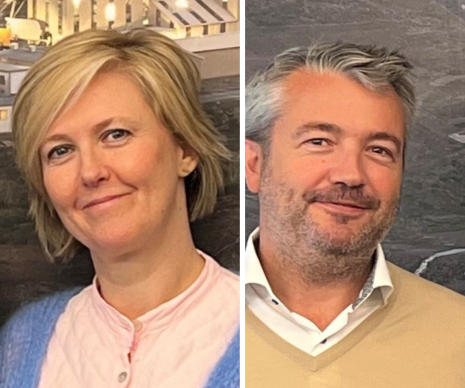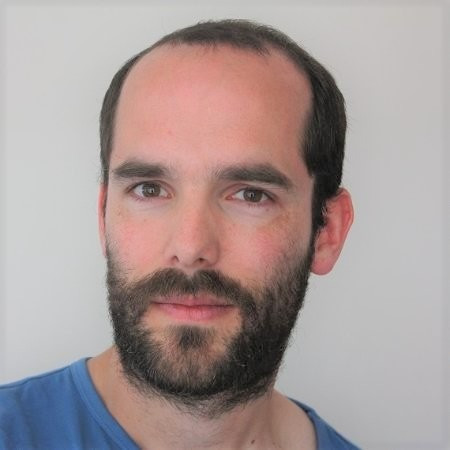DAEMS GROUP
The Daems Group is committed to key sustainability objectives. We continue to invest in innovations that have a positive impact on our planet.
© Daems Group

- Home
- Meet the Innovators
- DAEMS GROUP
Efficient recovery of gold residue in water to improve sustainability
Daems Group, a fully automated jewellery manufacturer, is committed to sustainable practices in the jewellery industry.
The company was faced with an inefficient recovery of gold from rinse water.
The engineering team did research and proposed the use of hydrocyclones, which use centrifugal force to separate particles in a liquid suspension based on size, shape and density. This recirculating system aims to recover the gold residue more efficiently.
Innovation challenge
Every day, Daems Group loses gold because small particles of gold adhere to workers' clothing and hands and are often washed down the drain when hands are washed. Recognising this problem, Giovanni Daems proposed a recirculating system to recover the gold residue from sink waste water, recognising the potential benefits to both his company and the wider jewellery industry.
Despite building and using a prototype, the company faced significant challenges related to the inefficient gold recovery of the current filtration system and the rapid clogging of the fine filter. As a result, further research focused on integrating a medium filter and optimising the layering of these filtration elements.
Solution developed
Following a site visit, the main focus of this desk research project was to determine the optimum composition of the filter mechanism. The first step was to examine existing filters on the market for coarse (50µm), medium (10µm) and fine (1µm) particles. These options were mapped using a morphological chart, with initial analysis favouring the use of hydrocyclones. For each application, it is essential to evaluate which cyclones are best suited. A hydrocyclone uses centrifugal force to separate particles in a liquid suspension according to their size, shape and density. It is commonly used in wastewater filtration by directing denser particles to the periphery for settling, while lighter materials are carried away in the overflow. Although there are various methods for calculating performance and required dimensions, they often require considerable theoretical study. In this proposed scenario, a more practical approach may be to prototype different versions of hydrocyclones and test them in the specific application. The decision to purchase or manufacture cyclones in-house is a strategic one.


